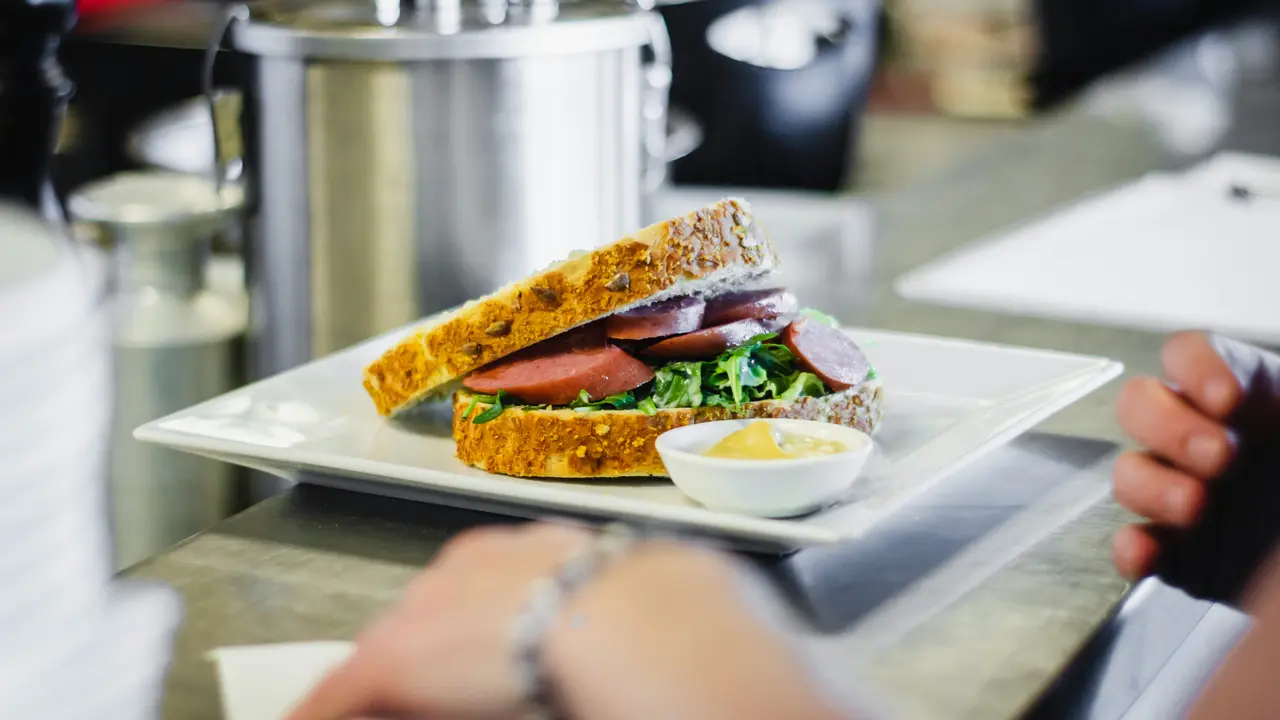Have you ever wondered how much weight does a steak lose when cooked? This common question among meat lovers is crucial for understanding not only how to prepare the perfect steak but also how to budget for meals. In this article, we’ll explore the science behind cooking steak, the factors that contribute to weight loss, and what you need to know to achieve tasty results.
Understanding Weight Loss in Cooking Steak
The Basics of Cooking and Weight Reduction
When you cook a steak, several physical and chemical changes occur that contribute to weight loss. This weight reduction primarily happens due to moisture loss and fat rendering. On average, you can expect a steak to lose approximately 15% to 30% of its weight once cooked, depending on the cooking method and duration.
Factors Affecting Weight Loss
Several factors influence how much weight does a steak lose when cooked:
- Cooking Method: Grilling, broiling, and frying can cause different levels of moisture to evaporate, affecting final weight.
- Steak Cut: Different cuts of meat (like ribeye or filet mignon) contain varying amounts of fat and moisture, impacting how much they shrink during cooking.
- Cooking Temperature: High-temperature cooking tends to draw out more moisture rapidly compared to slow cooking.
How to Minimize Weight Loss When Cooking Steak
Choosing the Right Cut
Selecting a cut with marbling and fat can help retain moisture during cooking. Cuts like ribeye or New York strip are excellent choices for maintaining weight while also providing flavor.
Cooking Techniques to Retain Weight
There are several techniques you can employ to minimize weight loss:
- Searing: Searing the steak at a high temperature forms a crust that helps seal in juices.
- Using an Instant Read Thermometer: Cooking to the perfect doneness level will prevent overcooking, which leads to more moisture loss.
- Resting the Steak: Letting the meat rest after cooking allows juices to redistribute, enhancing both flavor and moisture retention.
Comparative Analysis of Different Cooking Methods
Grilling vs. Pan-Searing
When comparing grilling to pan-searing, studies have shown that pan-searing often results in less weight loss. This is primarily due to the oil used in the pan, which helps to keep the steak moist. On the other hand, grilling at high temperatures can lead to a greater evaporation of moisture.
Slow Cooking Benefits
Slow cooking methods, such as braising, tend to retain weight better because they keep the temperature lower and allow for greater moisture retention overall. This method cooks the steak evenly, ensuring a tender end product with less weight loss.
Expectations Based on Steak Type
Different Types of Steak and Their Weight Loss
Let’s take a closer look at how different types of steak compare in terms of weight loss:
- Filet Mignon: Tends to lose about 15% when cooked due to its lower fat content.
- Ribeye: Can lose about 25% due to its high fat and moisture content.
- Sirloin: Generally falls in the middle, with a weight loss of around 20% when cooked.
Practical Steps for Steak Preparation
Marinating for Moisture Retention
Marinating your steak before cooking can help mitigate moisture loss. Acids from marinades can tenderize the meat and help it retain more juices during the cooking process.
The Importance of Proper Seasoning
While seasoning does not directly affect weight loss, a well-seasoned steak tastes better, which can enhance the overall eating experience. Remember to season before cooking to allow flavors to penetrate the meat.
Conclusion
In summary, understanding how much weight does a steak lose when cooked is essential for preparing delicious and satisfying meals. Factors such as cooking method, steak cut, and cooking techniques all play crucial roles in determining final weight. By choosing the right cut, employing effective cooking methods, and incorporating techniques to retain moisture, you can enjoy a perfectly cooked steak with minimal weight loss. Don’t forget to share this article with fellow cooking enthusiasts and check out our other posts for more delicious tips and tricks!
Weight – Recent Articles
- What Movie Did 50 Cent Lose Weight For? Find Out Here!
- The Best Cereals for Weight Loss: Top Choices Revealed!
- How Often Should I Run to Lose Weight? Find Out Now!
- Do You Lose Weight Donating Plasma? Discover the Truth Now!
- Does Cocaine Make You Lose Weight? The Shocking Truth Revealed!
Weight – Useful Links
- CDC – Healthy Weight, Nutrition, and Physical Activity
- NIDDK – Body Weight Planner
- NHLBI – Aim for a Healthy Weight
- MedlinePlus – Weight Control
- NIDDK – Weight Management
